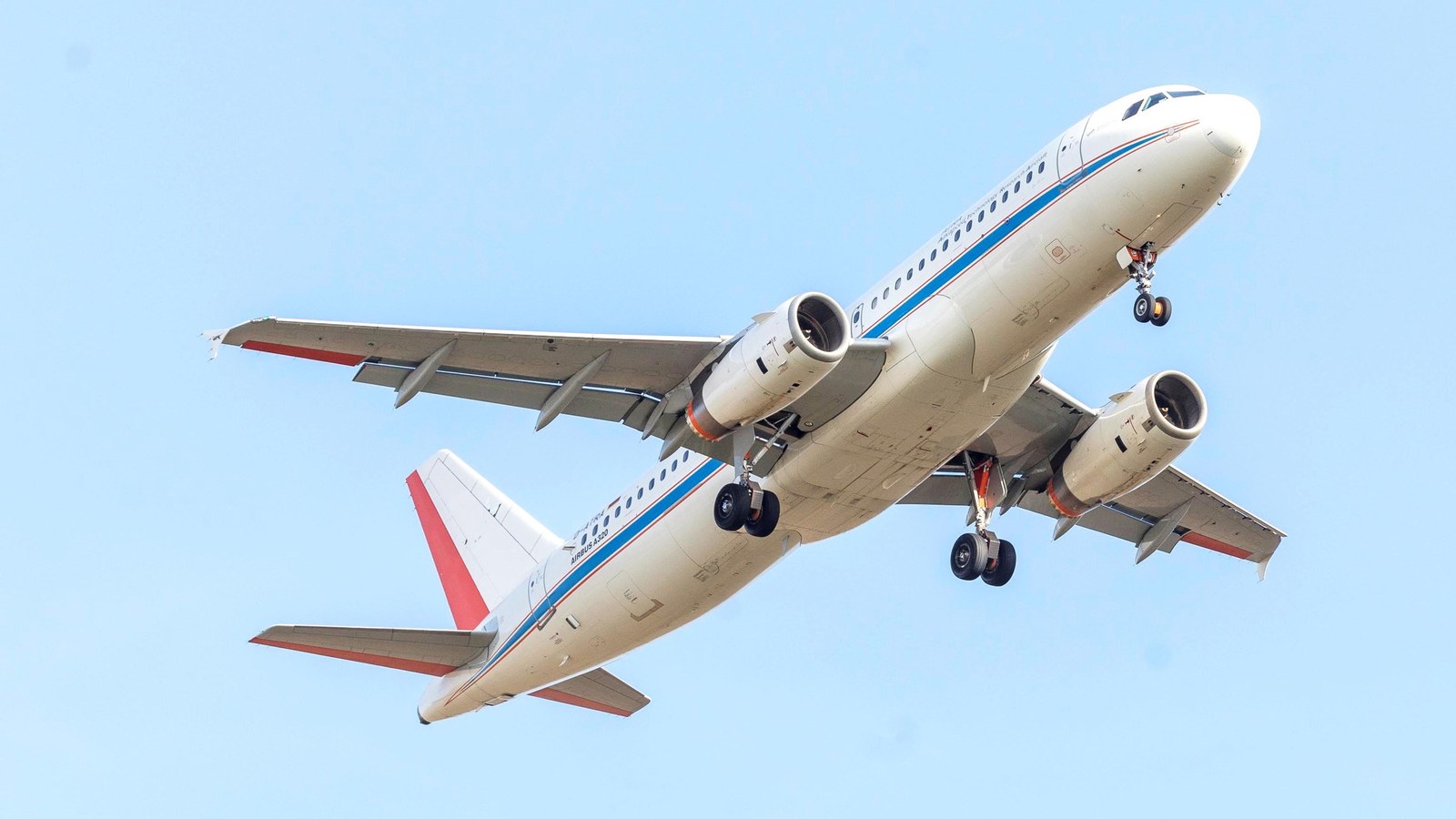Lectures in Aeroacoustics - TU Braunschweig
Students of Prof. Delfs' lecture can find information and material on the current semester here.

Research on sound generation and reduction of noise sources at aircraft
In the department of Technical Acoustics we investigate the sound generation at aircraft and we develop technologies to reduce respective sources of noise. This concerns community noise as well as interior, i.e. cabin noise.
The tools for our research comprise in house prediction methods as well as acoustic wind tunnels and flyover tests. Depending on the particular problem our work ranges from basic research, e.g. on the mechanisms of aerodynamic sources of sound, over development of technologies in generic experiments and numerical simulations up to the testing of more advanced technologies in flyover experiments. Concurrent main areas of research comprise airframe noise which occurs due to the interaction of turbulent flow with aircraft components like high lift systems or landing gears. Another important research activity is related to installation noise. These are sources of sound generated by the aerodynamic interaction of aircraft components, e.g. when the turbofan jet hits the deployed flap. We also are engaged in studying concepts for silent aircraft, which configurationally exploit sound shielding. The department also develops advanced prediction methods for aerosound and the excitation of cabin noise. On top of that we serve as an institution for noise certification of propeller aircraft according to ICAO Annex 16, Volume 1, Chapter VI, X, XI.
